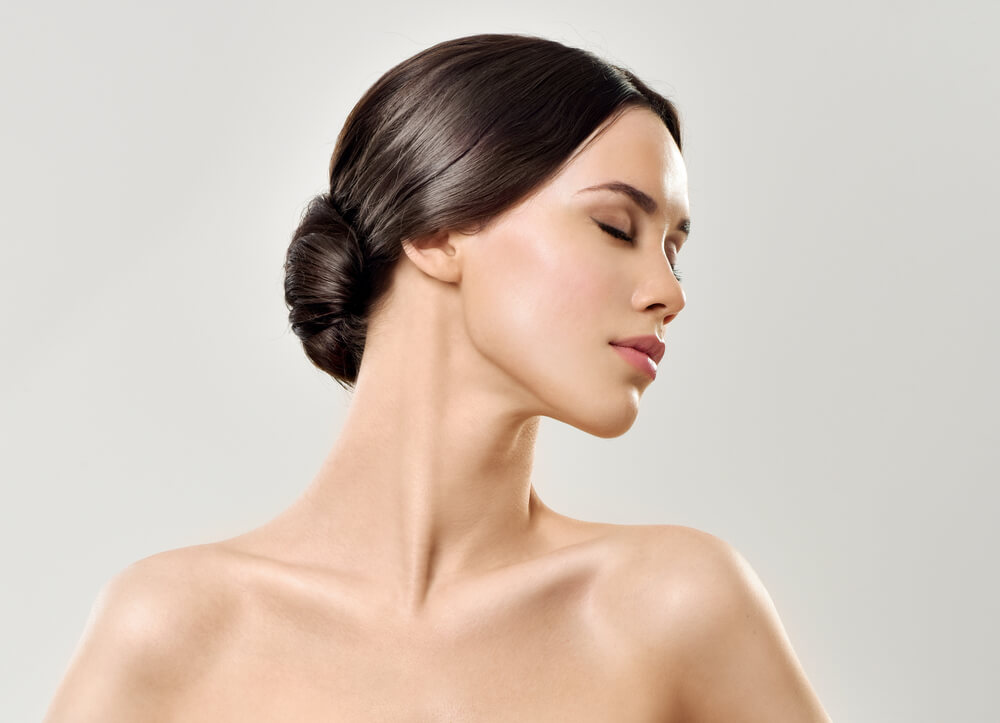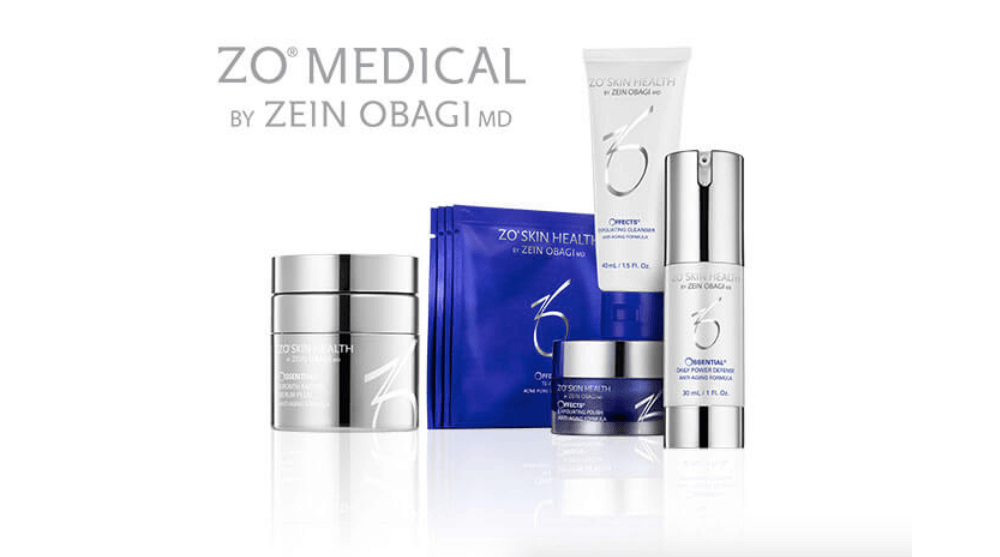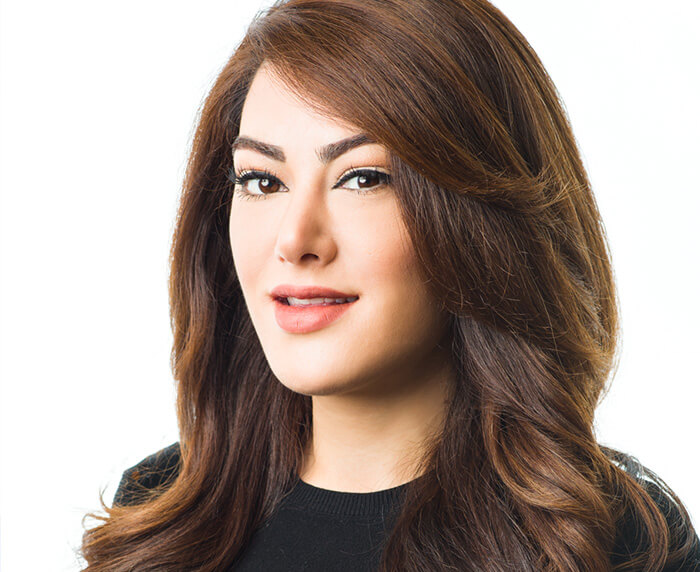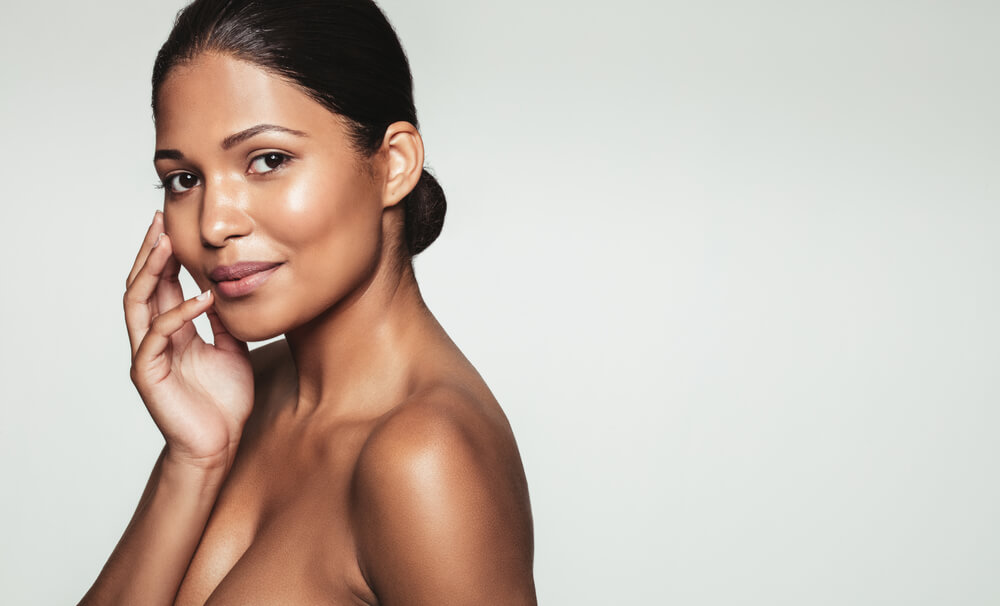
So, you have acne…welcome to the club. It’s said that roughly 95% of people will experience acne at some point in their lives. And we have news for you, just because you made it through the teenage years doesn’t mean you’re out of the woods – more on that later. Different types of acne can strike at any age for any number of reasons and it’s actually the most common skin condition in teens and adults alike. Infants and toddlers can even experience acne! What a bummer.
In spite of how common it is, you might be surprised to learn there is no cure, per se, and there isn’t even a “one-size-fits-all” solution to treating acne.
The reason for this is because:
- No two people are exactly alike: your cause of acne might be different from someone else’s and
- Your type of acne may vary
We’ll be the first ones to tell you that treating acne isn’t just cleansing and spot treating; there’s a lot going on here and we recommend doubling up on at least two of the three main components for eliminating and preventing acne for good. Our three big ones are addressing it from the inside (read more about naturopathic dermatology and our top three supplements for treating acne internally), encouraging a biological healing response with treatments like Acne Laser Genesis and getting back to basics with your routine, while using pharmaceutical-grade skin care, such as ZO.
Like we said, there isn’t ever just one factor or cause at play with acne. We really do need to look at the bigger picture and treat the body as a whole. Stressed? Exhausted? Using the wrong products? Genetics? We take all of these variables into consideration when creating a treatment plan and you should too. Today, we’re going to breakdown the different types and grades of acne. By focusing in on your specific type of acne and, sometimes, the particular location of it, we’re able to ensure more success.
It sounds rough, but even blackheads are technically considered acne. Trust us, we’re not thrilled about it either. Being your Vancouver Skin Health experts, we’re used to handling all kinds of skin concerns and while your persistent blackheads and hormonal blemishes may ruin your day from time to time, not all acne is created equal. We don’t want to take away from anyone’s struggle, but let’s get real for a sec: your two pimples aren’t the same as someone’s full face of nodulocystic acne.
Whenever our skin is less than perfect, we’ll often just say that we’re “breaking out” and use words like “blemish,” “zit” or “pimple” to describe what we’re experiencing. But newsflash: there are so many different terms for each individual type of zit we can get. Super exciting, right? First, acne will fall into one of two categories: noninflammatory and inflammatory. Then, within each of those categories, there are subtypes that include blackheads, whiteheads, papules, pustules, nodules and cysts. As if having acne wasn’t fun enough already, it’s not only entirely possible, but, in fact, incredibly common, to have multiples types of acne at once. Talk about a party. Let’s break it down.
Types of Acne
NONINFLAMMATORY ACNE
Noninflammatory acne includes blackheads and whiteheads. These types of blemishes usually stay more or less in their own lane and don’t cause any other localized swelling, unlike their not-so-chill sibling, inflammatory acne.
This type is often simply a result of your sebaceous (oil) gland being a bit too overactive. Now, as big of an annoyance as it can be, oil production is actually very, very important for our skin. Before skincare companies starting bottling and selling you expensive facial oils, your own sebum was the OG. Sebum helps to create the protective acid mantle, sometimes referred to as the hydro-lipid film, on the surface of the skin. It’s essentially an acidic film that acts as the interface between your skin and the world.
Blackheads, not to be confused with sebaceous filaments, occur when the pore is clogged with a combination of sebum and dead skin cells. The top of the pore will stay open, despite being clogged, and the hardened oil will then oxidize and give it that characteristic black or greyish colour that we see.
Whiteheads can also form when a pore is clogged by sebum and dead skin cells but they’re a little different from blackheads because the top of the pore closes up, so it looks like a small bump protruding from the skin. These blemishes are more difficult to treat because the pore is already closed. Lucky for you, they can easily be extracted by a NuAGE clinician with a lancet and a bit of TLC.
Ok, so why does that acid mantle matter? Because, if your acid mantle is out of whack, all kinds of nonsense starts happening. For one, bacteria can run rampant since there is nothing actively protecting your skin from it. Here’s the catch 22: you’re getting breakouts because you have too much oil but you need the oil to protect your skin from the bacteria that cause breakouts.
While for years, products like Neutrogena, Cetaphil and Proactiv have been peddled by dermatologists and internet skin wizards, they actually contain a high alcohol content, which strips oils topically and results in the breakdown of your acid mantle. Now, you’re trapped in this vicious circle of getting blemishes, using products that are meant to treat your breakouts but are actually stripping your acid mantle, which leads to more breakouts, which leads to you using the product more often and it just spirals out from there. No. Good. What should you do instead? Focus on the gland actually pumping the oil. If you simply go to the source and calm down the production, nothing is disrupted and your natural barrier gets to continue on doing its thang.
To prevent blackheads and whiteheads, ZO’s TE Pads are like a magic eraser. The salicylic acid will exfoliate the skin, removing dead cells and it will also work to chill your sebaceous gland out so that it produces just a little less oil. If you’re prone to whiteheads, adding in a retinol to speed up your cell turnover and exfoliate the skin will get rid of those bad boys for good.
Treat your Acne at Our Vancouver Clinic Today
INFLAMMATORY ACNE
Moving on to the angrier sort of acne. Breakouts that are red, swollen and sometimes painful are referred to as inflammatory acne. Now, although these types of breakouts may also be caused by excessive oil production and dead skin cell build up, bacteria and infection are present within the skin as well. There are four kinds of inflammatory acne: papules, pustules, nodules and cysts. Depending on the type, bacteria can cause an infection at varying depths beneath the skin’s surface, which results in painful blemishes that are difficult to get rid of and may end in lasting scars.
Let’s dive deeper:
- PAPULES: These hard, clogged pores are tender to the touch. The skin around the pores is usually pink and slightly inflamed, but there is no “head” or visible pus below the surface. Papules usually occur when a blackhead or whitehead becomes infected and the walls surrounding your pores break down from the inflammation.
- PUSTULES: Pustules can also form when the follicular walls around your pores break down but, unlike papules, these blemishes are filled with pus. They usually appear much redder in colour and have a large yellow or white centre to them (yum).
- NODULES: If a clogged and swollen pore endures further irritation, it may grow into a nodule. Nodules tend to be much deeper within the skin than papules and pustules. Because these blemishes are so deep, they generally can’t be treated at home or with products. Oftentimes, an oral vitamin A is recommended to help decrease the size of the sebaceous gland within the pore.
- CYSTS: Cystic acne develops when pores are clogged by a combination of bacteria, sebum and dead skin cells. These blemishes are found even deeper in the skin, below nodules. They are often very large, red or white bumps and painful to the touch. Being the largest and most severe form of acne, they’re most commonly the result of a significant infection or bacterial imbalance within the body. This type of acne also has the highest likelihood of scarring.
Family physicians and dermatologists frequently prescribe medications like Accutane and, in severe cases, may surgically remove a cyst.
How do you treat inflammatory acne? It depends. This is where taking a whole-body approach is best. Off the bat, we want to target the inflammation. This almost always leads us to healing the gut. Remember the bacteria we mentioned? Well, breaking out on your cheeks doesn’t necessarily mean your cheeks are where the bacteria stemmed from. More often than not, the bacteria came from another internal system, like your digestive system, after it went haywire.
We know that we have a balance of good and bad bacteria in our bodies and, sometimes, for whatever reason, this balance gets thrown off and we become overrun with the “bad guys.” By simply adding in an antimicrobial and probiotic supplement for a few months, we’re able to restore this crucial balance and as a super awesome side effect, clear our skin.
If your acne is being triggered by a hormonal imbalance, taking a liver detoxification and support supplement will rock your world. Once things internally are being sorted, we can focus “topically” with ZO and Laser Genesis to make the marks of acne hit the bricks. If you’ve been left with scars or stains from your acne, check out our other blog post this month, Types of Acne Scars and How to Send them Packing.
 When it comes down to treating your acne, just like in the world of online dating, it’s vitally important to know your type. Conveniently, the acne gods created categories or grades of acne so that we are easily able to identify and treat.
When it comes down to treating your acne, just like in the world of online dating, it’s vitally important to know your type. Conveniently, the acne gods created categories or grades of acne so that we are easily able to identify and treat.
Between noninflammatory and inflammatory acne, we have four types or grades:
Grade I: Mild Acne: Sometimes referred to as “flat” acne, Grade I acne is primarily blackheads and the occasional whitehead. Mild acne may never progress beyond this stage.
Grade II: Moderate Acne: Grade II acne consists of blemishes in greater numbers and the more consistent presence of whiteheads. With this type of acne, you will also see papules and pustules.
When acne begins to become more persistent and frequent, we recommend upping your routine to focus on disinfecting the skin, as well as regular treatments of Acne Laser Genesis to kill any bacteria and accelerate the healing process.
Grade III: Severe Acne: When blemishes occur in even larger numbers and inflammation is more pronounced, it moves into Grade III acne. When acne reaches this point, the skin’s structure becomes compromised, which opens us up to the possibility of acne scarring.
Grade IV: Cystic Acne: Cystic acne or Grade IV is usually characterized by large, extra-angry-looking blemishes. Due to the severity of Grade IV and the depths to which it extends, scarring is a very real possibility.
With Grade III and IV, your best approach is to treat the infection and inflammation internally with naturopathic dermatology and locally with Acne Laser Genesis and ZO Medical Skin Care.
Not sure where to start or what type of acne you have? Book your complimentary skin health consultation with one of our NuAGE experts we’ll customize a treatment plan for you.


